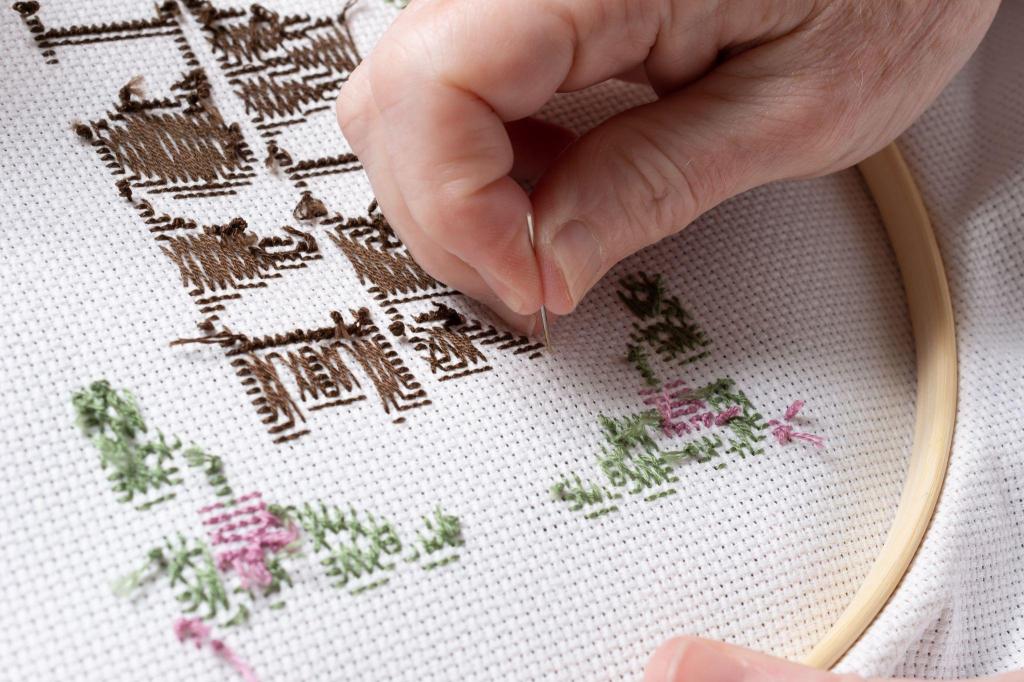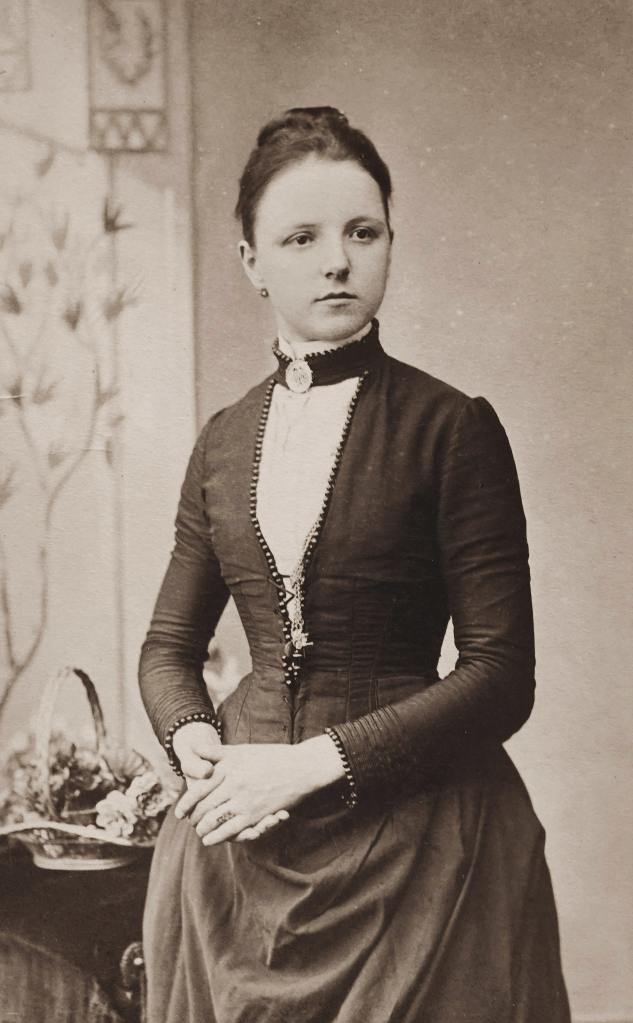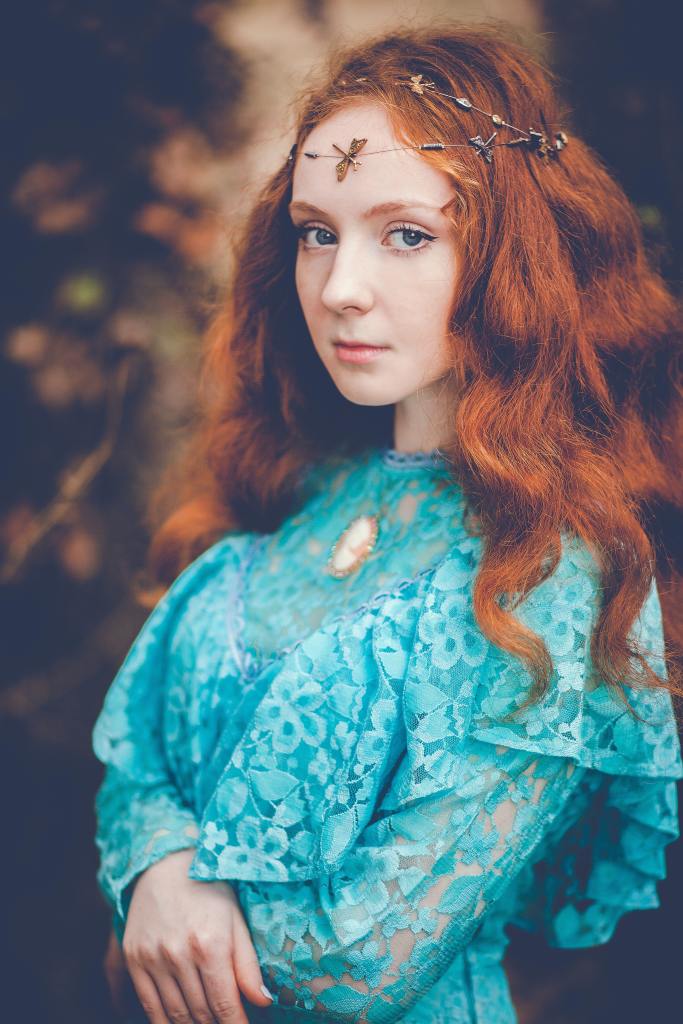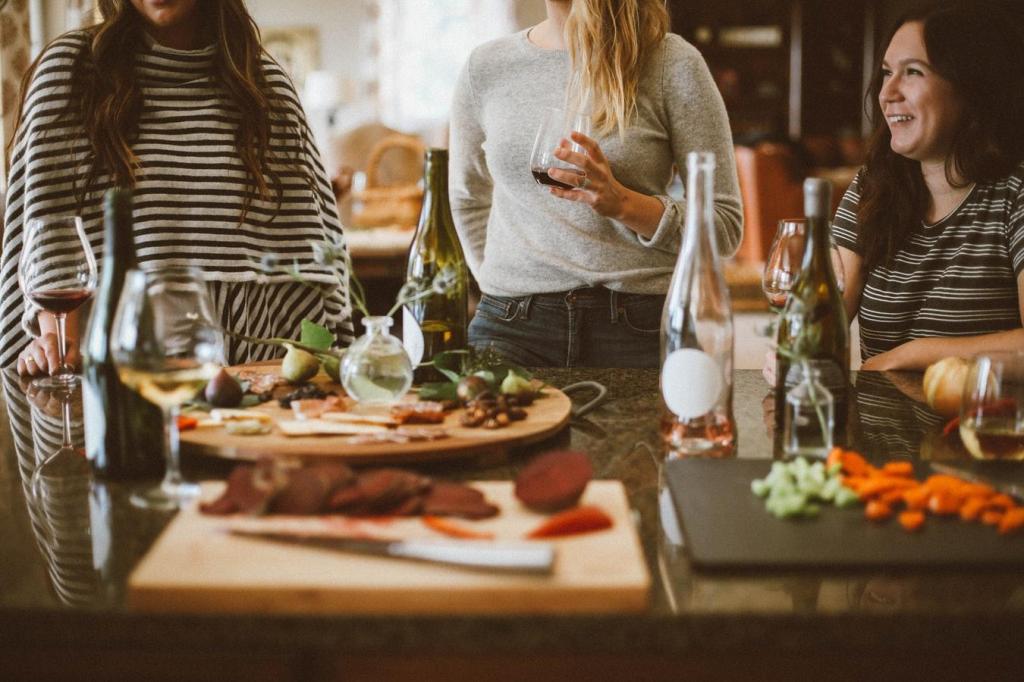
A Day of Victorian Era Hobbies
There’s no denying we’re living in a fast-paced, tech-forward world. While the 21st century has many advantages that the 1800s did not, there are still ways we can enjoy Victorian-era hobbies today.
Whether you’re a Victorian enthusiast, a history buff, or you’re just looking for a unique way to change up your activities and try something new, consider planning a day of Victorian-era hobbies.
From morning to evening, you can enjoy the simple-yet-sophisticated lifestyle of what someone might have done on a typical day in the Victorian era. It’s a great way to spend a day away from technology, do something different with friends and family, or even educate your kids with a bit of interactive history.
Let’s take a look at how you might plan your day filled with Victorian-era hobbies, and how you can enjoy each one.
Morning
In the early Victorian years, breakfast typically consisted of meats, cheeses, and beer. That might sound more like party food by today’s standard. However, over time the scope of breakfast changed to what most people recognize today as “full English,” consisting of things like:
- Eggs and bacon
- Bread
- Fish
- Porridge
While you might not want to have fish for breakfast, you can absolutely enjoy freshly-fried eggs and thick-cut bacon. If you want to be as authentic as possible, consider making your own bread.
While it’s baking, take a brisk walk around your neighborhood. People in the Victorian era tended to eat more calories than we do today, but they were far more active, walking nearly everywhere.
As you’re enjoying your breakfast, do some reading and relax while you ease into the day. Consider scanning through some classic pieces of Victorian poetry by Bronte or Browning, and plan out your day so you have a basic idea of what needs to be done. In the Victorian era, that may have included preparing any food that would need to be eaten later in the day, so it could start cooking and be finished by dinner time.
Midday
After a hearty breakfast and a morning of relaxation, consider filling your afternoon with as many fun hobbies as possible. You might be surprised to find that you really enjoy some of the “old-fashioned” activities, including Victorian-era arts and crafts.
Many practices are making a comeback nowadays, including things like letter writing with wax seals, embroidery, and flower pressing.
Victorian women, especially, were often extremely busy with “DIY” projects during the day, tackling everything from natural dyeing to shellwork and paper art. If you don’t want to get too crafty, consider sitting down and hand-writing a letter to a friend or family member. It’s a thoughtful gesture, and who wouldn’t want to receive a kind note in the mail in this age of email and texting?
If you’d rather be a bit more active with your midday activities, try something new like clay pigeon shooting. This is a fantastic outdoor activity to enjoy with friends, or even on your own if you’re looking for some solitude.
Clay shooting actually started in the Victorian era, beginning with glass balls filled with feathers. It quickly became a sport of its own and remains popular today. You don’t have to be a shooting expert to enjoy yourself and stay safe. Plus, there are many benefits to target practice, including improved balance and stronger hand-eye coordination. It also serves as a great way to alleviate stress.
Evening
There was no better way to end a long day in the Victorian era than by being surrounded by friends and family.
Some things never change.
You can end your day of Victorian hobbies by hosting a historical dinner party. Serve traditional food and drink, and consider hosting your party outdoors in the garden.
Obviously, you don’t have to be completely authentic here. Your main goal should be making sure your guests are comfortable and happy. If you plan on hosting outside, keep the following outdoor dinner party do’s and don’ts in mind:
- Choose a location with enough space
- Check the weather
- Embrace a mismatched aesthetic (or go with traditional decor)
- Have adequate lighting
- Store and serve your food safely
After the meal, continue the festivities by sharing poetry, art, or music with your guests. If you give people enough notice to plan something of their own to share, you can enjoy a whole evening of Victorian-era entertainment. It’s a unique and fun way to change up the traditional dinner party, and most people are happy to try something new and take a step back in time.
In many ways, our world today is vastly different from what it was in the 1800s. However, there are still so many things we do that are influenced by the Victorian era, and other things that are returning to popularity after hundreds of years. If you want to enjoy a day of Victorian-era hobbies and appreciate the simpler things that led us to where we are now, let these ideas serve as a loose schedule. Whether you spend the day on your own or with people you love, you’ll have fun stepping back into a simpler time in history.






